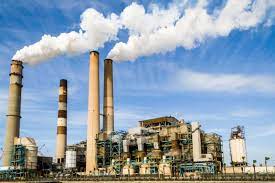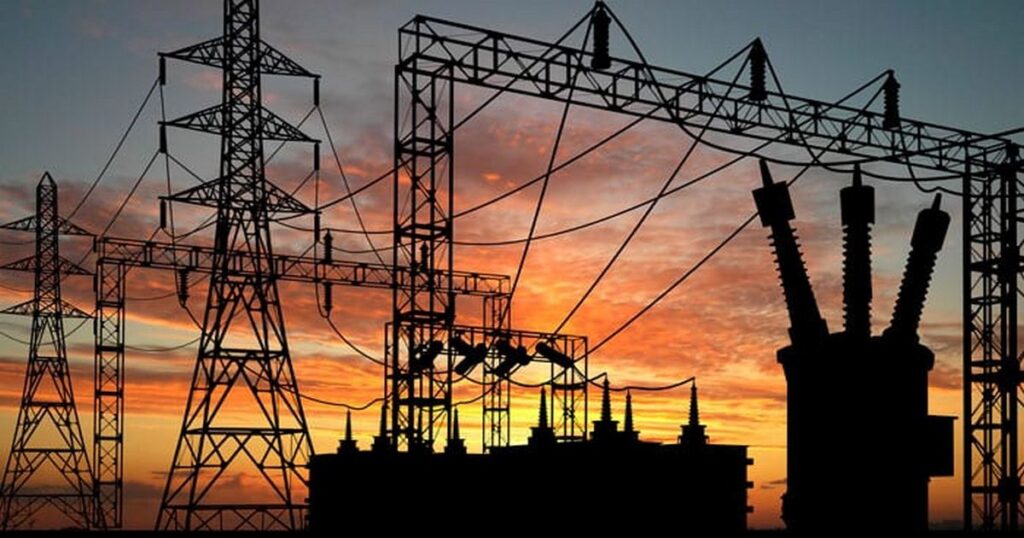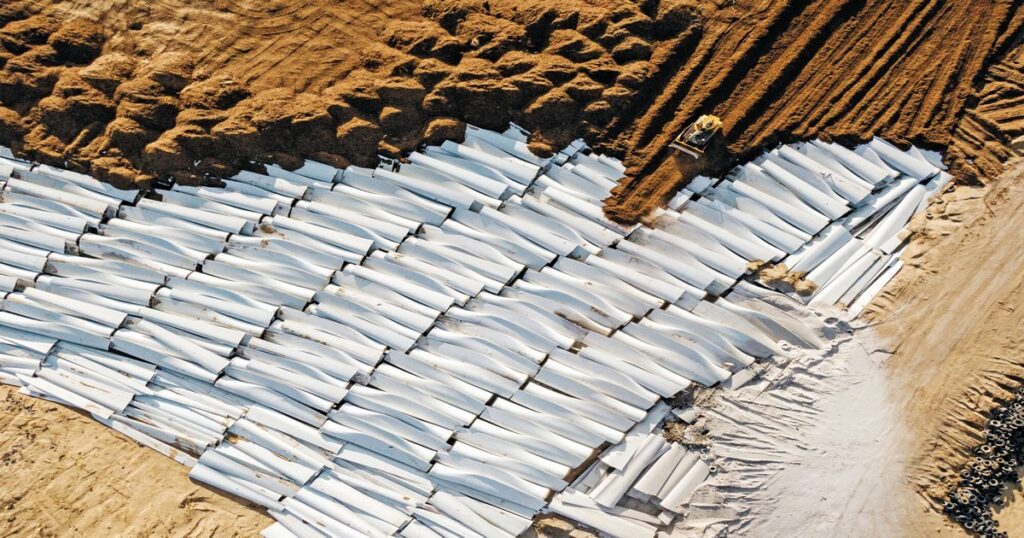Wind and solar energy are important sources of clean, renewable energy that can help reduce our reliance on fossil fuels. However, it is unlikely that wind and solar alone will be able to fully replace fossil fuels in the near future and attempting to do so could have unintended consequences for humanity.

One reason why wind and solar may not be able to fully replace fossil fuels is that they are intermittent energy sources. This means that they are only able to generate electricity when the wind is blowing, or the sun is shining. To provide a stable and reliable source of energy, we would need to find a way to store excess energy generated by wind and solar for use when these sources are not available. While battery technology is improving, it is still not advanced enough to provide the large-scale, long-term energy storage solutions that would be needed to completely replace fossil fuels.
Another reason why wind and solar may not be able to fully replace fossil fuels is that they require a significant amount of land and infrastructure to generate a meaningful amount of electricity. For example, a large wind farm can cover hundreds of acres and require miles of transmission lines to connect to the grid. This can be a significant burden on the environment and may not be feasible in certain areas.
The production and disposal of solar panels and wind turbines can also have negative impacts on the environment. Solar panels, for example, contain a variety of toxic materials, including lead, cadmium, and arsenic, which can be harmful if they are not disposed of properly. Wind turbines also have a limited lifespan and will eventually need to be decommissioned, which can be a costly and challenging process.
Finally, transitioning away from fossil fuels too quickly could have negative economic consequences. Many countries around the world rely heavily on fossil fuels for their energy needs, and a rapid shift away from these sources could disrupt their economies and cause significant job losses.

To address this issue, grid operators must use a combination of fossil fuels, hydroelectric, and other sources of electricity to provide the necessary “baseload” power. This can be expensive and inefficient, and it also means that we are still reliant on fossil fuels to some extent. Additionally, when wind and solar energy are generating more electricity than is needed, it can be difficult to find a way to store the excess energy for later use. As mentioned earlier, current battery technology is not advanced enough to provide large-scale, long-term energy storage solutions.
In the UK, the unpredictable nature of wind and solar energy has caused challenges for the grid. To ensure that the electricity demand is always met, the National Grid must maintain a delicate balance between supply and demand. When the wind is not blowing or the sun is not shining, the grid must rely on other sources of electricity to meet the demand. This can be costly and inefficient, and it means that the UK is still reliant on fossil fuels to some extent.
In conclusion, while wind and solar energy are important sources of clean, renewable energy, they have several downsides that make them difficult to rely on as the sole source of electricity. Their intermittent nature and the amount of land and infrastructure required to generate a meaningful amount of electricity can be significant challenges. In the UK, the unpredictable nature of wind and solar energy has caused challenges for the grid and has made it difficult to fully transition away from fossil fuels. It is important to continue developing and improving wind and solar technology, as well as finding ways to store excess energy for use when these sources are not available. However, we should also be mindful of the limitations and challenges that these technologies present and recognize that they may not be able to fully replace fossil fuels in the near future. Instead of focusing on a single energy source, it may be more effective to adopt a diverse energy portfolio that includes a mix of renewable and non-renewable sources. This way, we can take advantage of the strengths of each type of energy while minimizing the challenges and downsides.
Views: 3





































